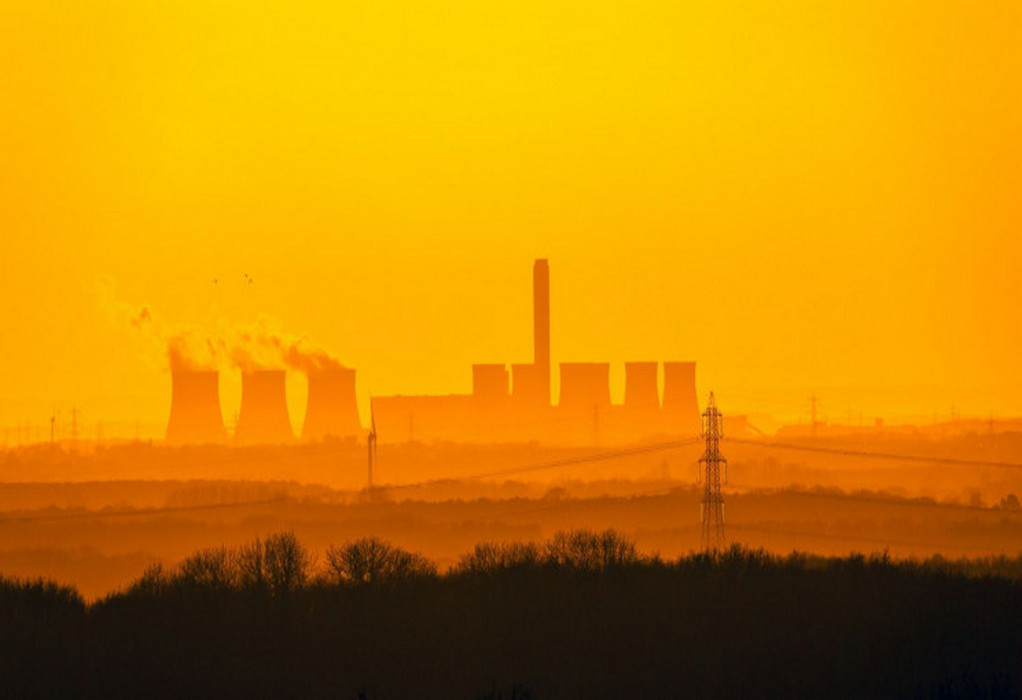A team of researchers at Cambridge University developed an artificial leaf that can float on water and absorb sunlight and carbon dioxide from air and turn the water into fuel like hydrogen and syngas.
The researchers tested their 100-square-centimetre artificial-leaf device outdoors on a river.
The device, depending on the catalyst used, either splits water to produce hydrogen fuel, or converts carbon dioxide into syngas, a mix of carbon monoxide and hydrogen that is used to make other fuels like methanol.
The first artificial leaf that could make syngas was first reported in 2019 by Andrei, chemistry professor Erwin Reisner and their colleagues.
The team used perovskite light absorbers and either platinum or cobalt as catalysts for the reaction.
While the platinum catalyst splits water into oxygen and hydrogen in the presence of sunlight, cobalt triggers the reduction of carbon dioxide and water into syngas.
However, their devices were small-scale prototypes tested only in laboratory settings.
With an aim to upscale and commercialise the technology, the team mulled redesign the device structure.
They replaced the thick glass substrates the team had used before with thin conductive plastic substrates and coated them with layers, each a few micrometers thick, of perovskites, conductive metal-oxide and polymer, and cobalt or platinum catalyst.
Further, the team used a mixture of standard epoxy glue and graphite powder to coat the layers to protect them from moisture.
The lightweight device floated in water, and under sunlight it quickly produced syngas bubbles, which further helped keep the device afloat, reports Spectrum.
The artificial leaf reportedly worked well for a 24-hour test period and produced hydrogen and carbon monoxide with efficiencies of about 0.6 percent and 0.05 percent, respectively, for each gram.
However, the benefit of the device is that it could be made much cheaply in comparison to other solar fuel technologies that rely on separate photovoltaic cells and electrochemical cells to conduct the reactions and take up space on land.
Tags: Cambridge University, Carbon dioxide, Fuel, Hydrogen, Syngas



Recent Posts
Royal Caribbean Welcomes LNG-Fueled Star of the Seas to Its Fleet
Swire Shipping Launches ‘Voyage to Zero’ to Help Customers Cut Scope 3 Emissions Swire
Pinnacle Marine Launches B100-Powered President 100 for Biofuel Trials
Assam Puts Green Hydrogen Policy on Hold, Investors Reassess Plans
MNRE and Odisha Chart Roadmap for National Green Hydrogen Mission
Hyundai Glovis to Retrofit Seven PCTCs with Avikus AI Navigation System
Super Terminais orders three more Konecranes Gottwald ESP.10 Mobile Harbor cranes
Covestro and HGK Shipping Extend Partnership to 2040 with Focus on Wind-Assisted Vessel Retrofit